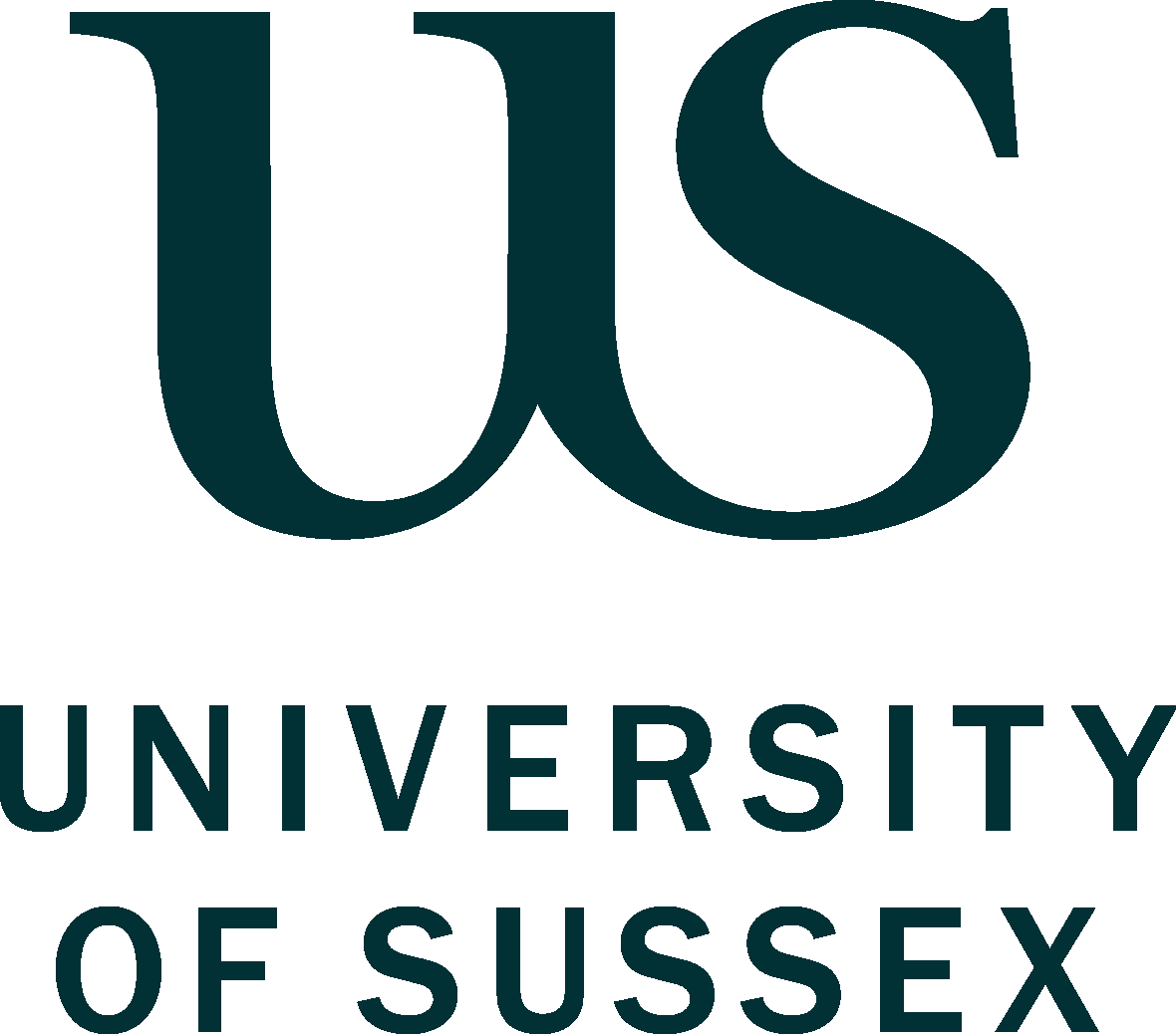The IAG approach to active learning
James Moran
What is the idea?
Information, Advice and Guidance (IAG) services are distinct from teaching but share many common skills. These include communication, encouraging student participation and active listening. To facilitate active learning, it is possible to draw on an interview technique used in IAG settings which has been adapted from Egan’s (1975; 2018) three stage interview model, and the work of Ali and Graham (1996).
Why this idea?
Encouraging student engagement can be challenging in a range of learning environments such as in classrooms, labs or online. Participants can be reluctant to contribute to a learning activity, take part in question-and-answer sessions or engage in group discussions. One way to provide a framework to facilitate discussion, establish a learning contract with students and encourage active engagement with subject content is to draw on the model proposed by Egan (1975; 2018), and further developed by Ali and Graham (1996).
Egan (1975; 2018) identified three principal goals of helping people and translated these into a three-stage model which asks about: clients’ problems and unused opportunities; solutions which can help them to achieve what they want; and action planning. Egan’s model and methodology requires the interviewer to make use of active listening skills and to make clear distinctions between repetition and empathetic learning (Riggall, 2016). However, a reframing of this model presented by Ali and Graham (1996) in The Counselling Approach to Careers Guidance provides a more accessible structure:
Clarifying – setting the scene; developing empathy; hearing the client’s story; making an initial assessment [of needs]
Exploring – building the contract; exploring issues within the contract; encouraging the client to explore other options; re-examining the contract.
Evaluating – challenging inconsistencies; enabling the client to weigh up the pros and cons for each option; prioritising options with the client
Action Planning – helping the client to identify what needs to be done; encouraging the client to formulate an appropriate systematic plan of action; introducing the concept of referral, reviewing the contract (if necessary); ending the interview.
Though originally designed to support exploration of career and life choices, this model can be adapted for use within teaching. Using a facilitatory and discussion driven approach, a teacher can use the stages of Ali and Graham’s model to encourage a collaborative active learning structure.
Adaptation of Ali and Graham’s (1996) model:
Exploring: Establishing a ‘contract’ of what is to be achieved, agreeing expected behaviours of engagement within the session, and developing and affirming the intended outcomes. (This helps to set realistic expectations of what can be achieved and also sets out the parameters of the teacher’s role; it can also help to establish expected behaviours both between the students and teacher and between students themselves).
How could others implement this idea?
The student-centric nature of the model, along with the ability to repeat steps until an outcome has been achieved, echoes the core tenet of learner-centric pedagogy in active learning.
Example 1:
A lab class of 20 second year students have been divided into groups of 4 and asked to design an experiment.
Example 2:
A group of 15 first year students have been set some reading to do before a seminar; none are forthcoming in class with opinions or thoughts.
Transferability to different contexts
Egan’s model is readily applicable to multiple teaching sessions and has already been adapted to several different contexts from careers guidance (Ali and Graham 1996); to social work (Riggall, 2016) and law (Brayne, 1998).
Potential areas for use in teaching in higher educations include:
- In person or online teaching sessions of 30 participants or less
- Lab practicals
- 1:1 Mentoring online or in person
- Personal tutoring sessions
- Dissertation or PhD supervisions
- Providing a structure for small group settings
- Discussing assessment feedback
Links to tools and resources
- Resource from the University of Glasgow on Mentoring Using Egan’s model: https://www.gla.ac.uk/media/Media_414500_smxx.pdf
- Three Stage mentoring model from University of Sheffield: https://www.sheffield.ac.uk/polopoly_fs/1.676576!/file/3stagemodelofthementoringprocess.docx
References
Ali L., & Graham B. The Counselling Approach to Careers Guidance.
Brayne, H. 1998. Counselling skills for the lawyer can lawyers learn anything from counsellors? The Law Teacher, 32(2), 137-156. https://doi.org/10.1080/03069400.1998.9993000
Egan, G., 1975. The skilled helper: A model for systematic helping and interpersonal relating. Brooks.
Egan, G., 2018. The skilled helper: A problem-management and opportunity-development approach to helping (11th ed.). Cengage Learning.
Riggall, S., (2016). The sustainability of Egan’s skilled helper model in students’ social work practice. Journal of Social Work Practice, 30(1), 81-93. https://doi.org/10.1080/02650533.2015.1082465

